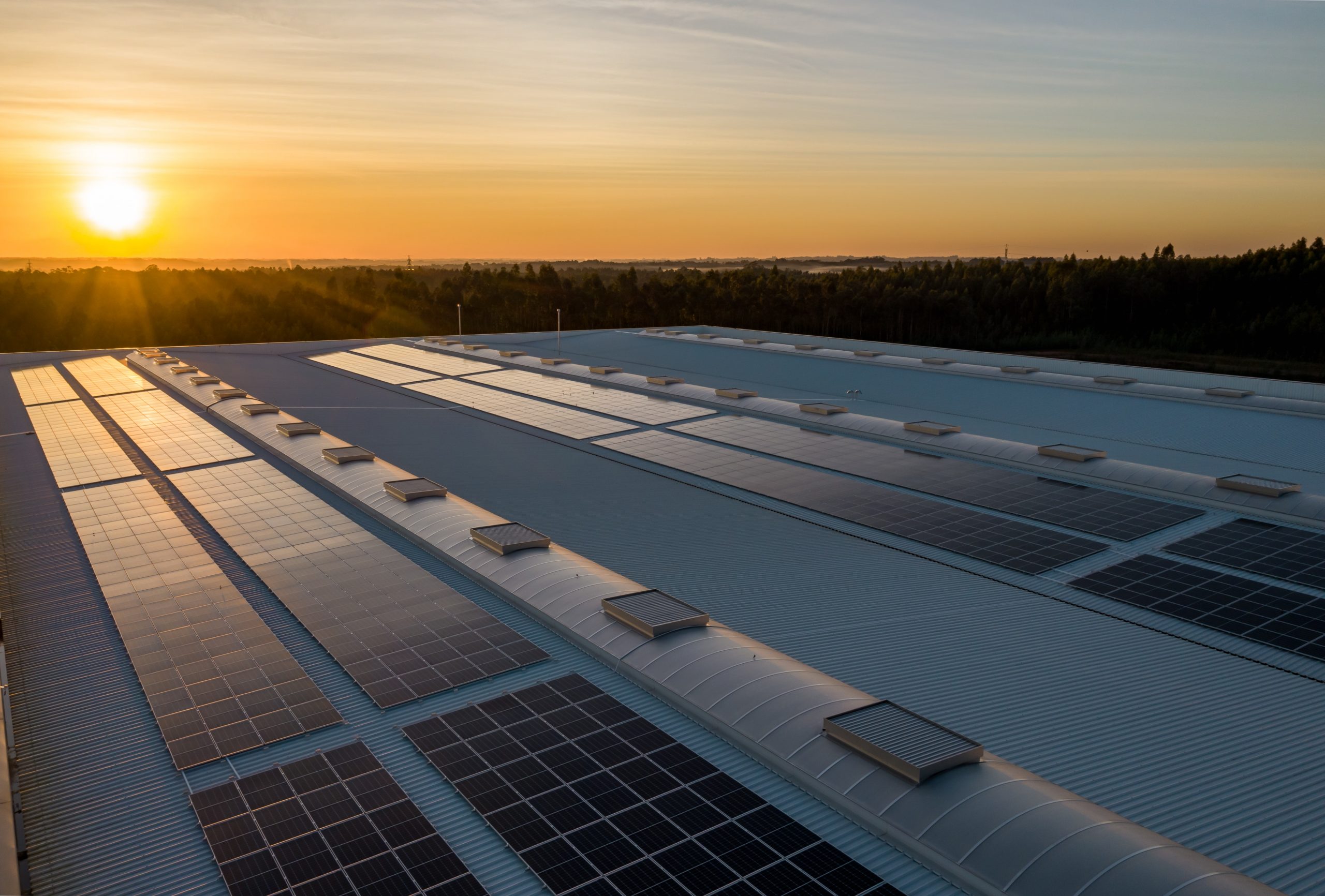Harnessing solar energy might sound intimidating at first, but fear not—our goal is to demystify the process for you. In this latest blog post, we're diving deep into the world of solar panel storage. Whether you're curious about the various storage solutions available or want to understand more about solar batteries, we've got you covered. Let's break it all down together. To begin, solar energy storage simply means capturing the electricity produced by your solar panels for later use. This ensures you can enjoy the benefits of solar power even when the sun isn't shining. Imagine having a reliable source of energy that works around the clock—it’s possible with solar storage! Thankfully, the solar storage market offers a wide range of choices to suit different budgets and needs. Companies like Tesla and Puredrive are leading the way with innovative products that cater to diverse requirements. Prices typically range from £1,200 to £6,000 depending on the capacity, chemical composition, and lifespan of the battery. As demand grows and new players enter the market, prices are expected to drop further, similar to what happened with solar panels over the years. When selecting the right solar storage option, key considerations include cost, personal usage patterns, and desired capacity. For personalized guidance, feel free to reach out to our team—they're ready to help you navigate through the options and find the perfect fit for your situation. Installing a solar battery takes your solar panel system to the next level by allowing you to operate completely off-grid. Essentially, these batteries ensure your solar setup becomes entirely self-reliant. Without them, you're just setting up a basic solar power system; with them, you're achieving true energy independence. Adding a solar battery to your existing photovoltaic (PV) array is a relatively straightforward process with numerous advantages. By incorporating a solar battery into your system, you'll store excess solar electricity at home instead of sending it back to the grid. Your battery will only send energy back to the grid once it's fully charged, and you'll only draw from the grid when your battery needs recharging. There are two main types of battery installations: DC and AC systems. DC battery systems connect directly to the solar panels before the electricity generation meter, eliminating the need for an inverter. According to the Energy Saving Trust, DC systems aren't charged directly from the grid. On the other hand, AC battery systems are connected after the electricity generation meter, requiring an AC-to-DC converter to transform the generated electricity into usable AC power. Solar batteries are commonly made from either lead or lithium-ion. Each type has distinct characteristics regarding longevity, system efficiency, safety, and depth of discharge. While researching these options might not sound thrilling, it's worth the effort. Alternatively, let our knowledgeable team guide you through the process—we’re here to assist! There are multiple advantages to incorporating solar storage into your home or business setup, much like with solar panels themselves. Solar storage enables you to cut down on the amount of electricity you purchase from the grid, thus lowering your utility bills. If your home is fully off-grid, it can also reduce your dependence on costly fossil-fuel-powered backup generators, saving you even more money. However, if you spend a lot of time at home during the day and consume most of your generated electricity during daylight hours, a battery might not be the ideal solution for you. Take some time to evaluate your usage patterns and calculate how long it will take to recoup your initial investment through savings. Beyond financial considerations, solar storage is great for the planet. Thanks to advancements in solar storage technology, you now have access to sustainable and long-lasting ways to store and manage your energy. Switching to a solar battery is a significant step toward self-sufficiency, reducing your reliance on expensive, polluting energy providers. By storing your solar power, you gain the flexibility to use it whenever needed. This stored energy can prove invaluable during power outages, providing you with a reliable backup source. Imagine being prepared for emergencies without worrying about interruptions to your daily life! Here's another perk: if you produce more energy than you consume, you can earn money by selling the surplus back to the grid. Technologies like Social Energy allow you to monetize your excess energy while apps like the Duracell Energy Bank enable real-time monitoring and control of your energy usage via your smartphone. Turning wasted energy into profit is a game-changer for many households and businesses alike. Although there’s an upfront cost involved, solar storage systems are designed to last with minimal upkeep. Often referred to as a 'set it and forget it' solution by experts like Which?, these systems typically come with long warranties and require little attention over time. If you're still unsure whether solar panel storage is right for you, don't hesitate to reach out. We're always here to help! Skid Steer Loader And Attachments Skid Steer Loader,Skid Steer Loaders,Mini Skidsteers Changzhou Kafurter Machinery Co., Ltd , https://www.kafurter.com
Solar Panel Storage Options
Understanding Solar Panel Batteries
The Benefits of Solar Storage
Solar Storage Could Save You Money
Solar Storage is Eco-Friendly
Solar Storage Helps You Utilize Excess Electricity
Solar Storage Can Make You Money
Solar Storage Requires Minimal Maintenance